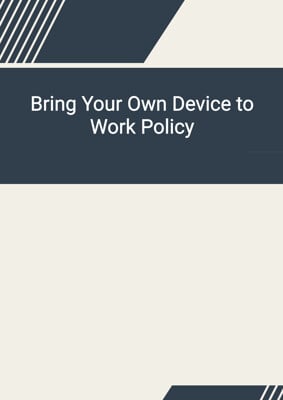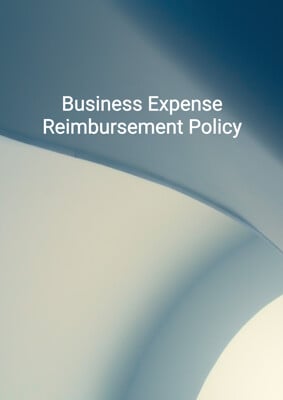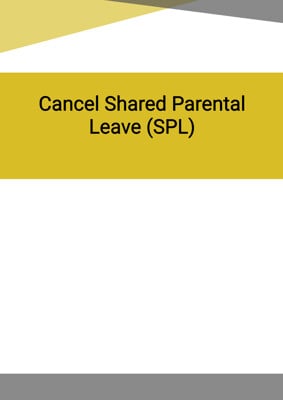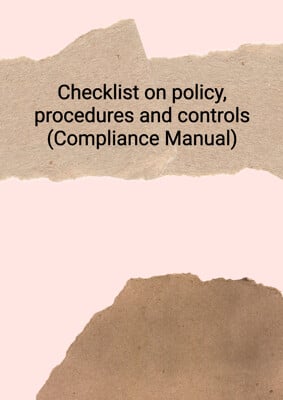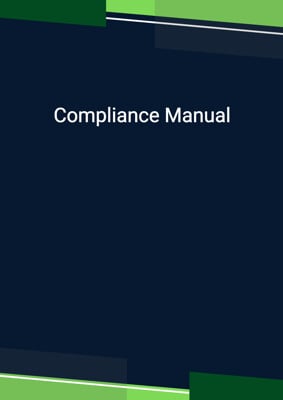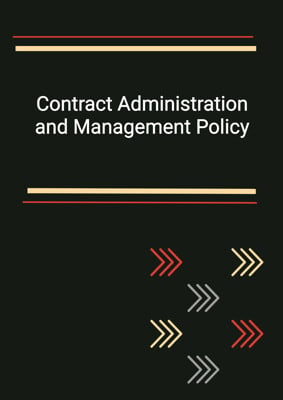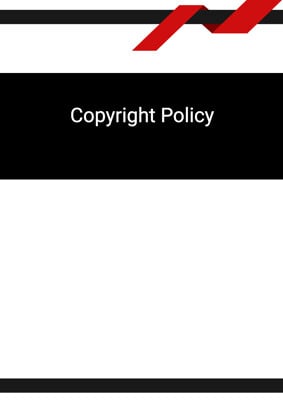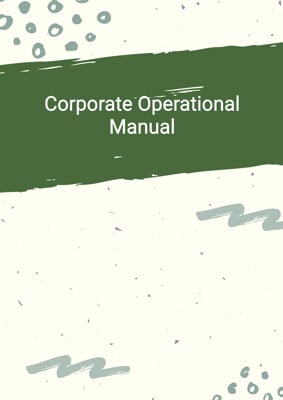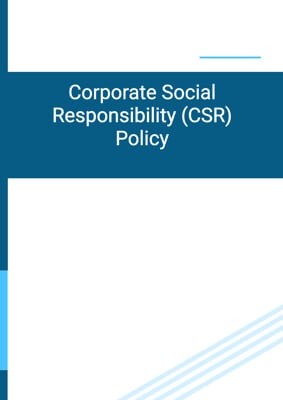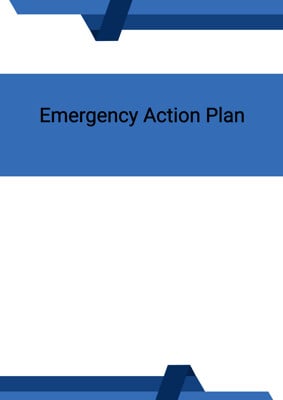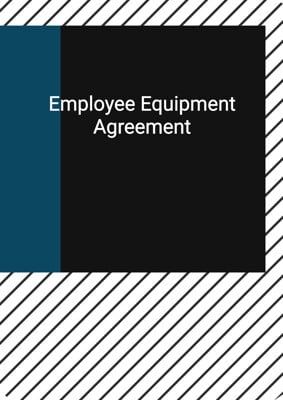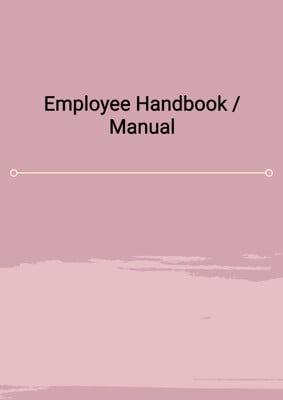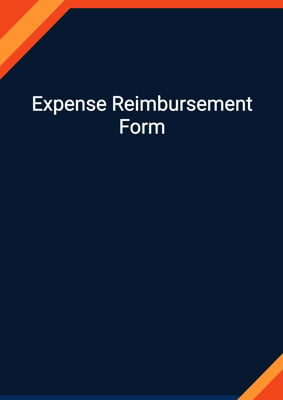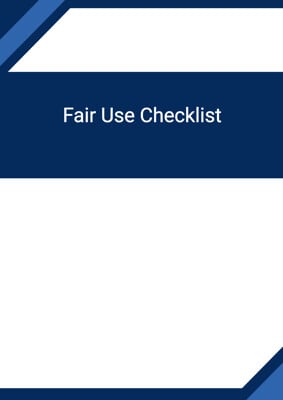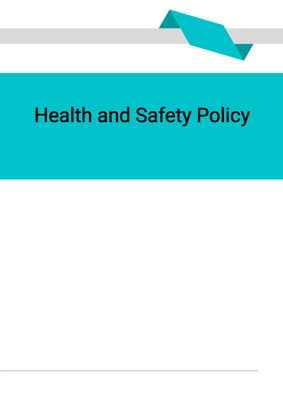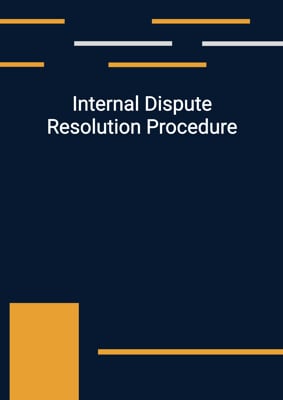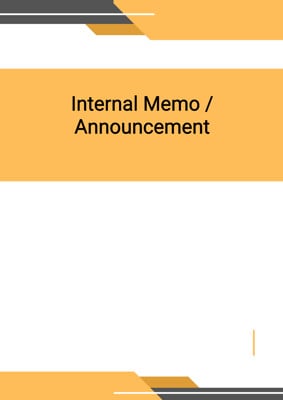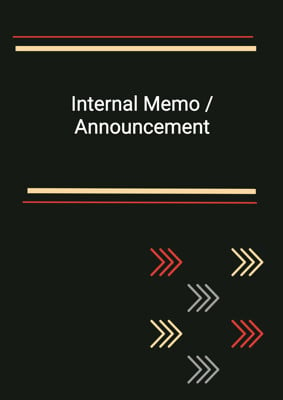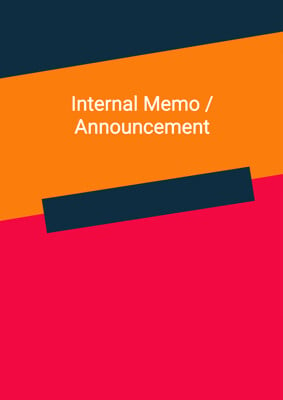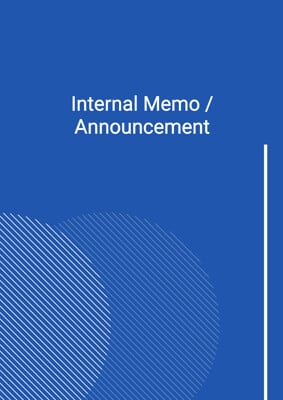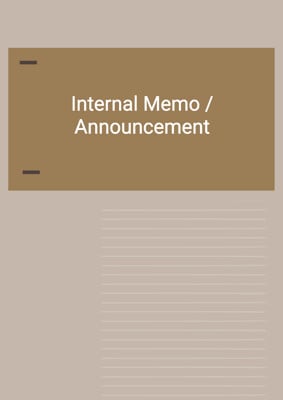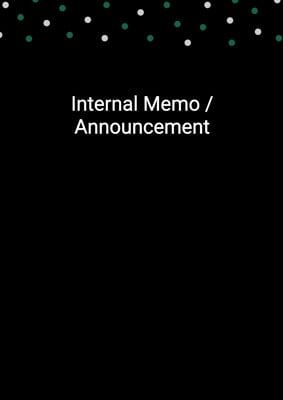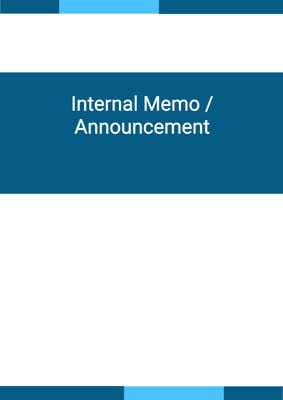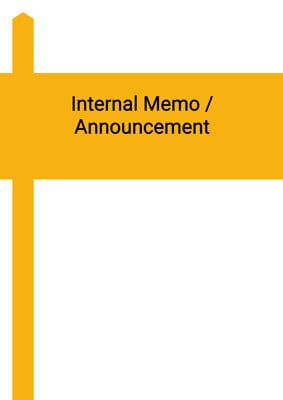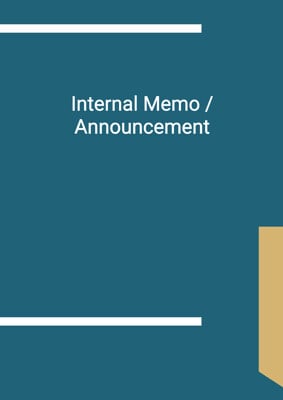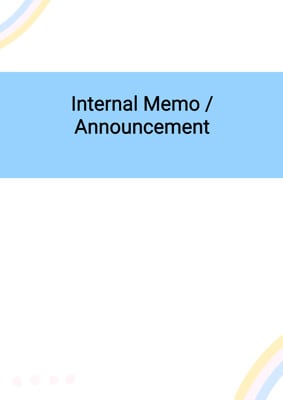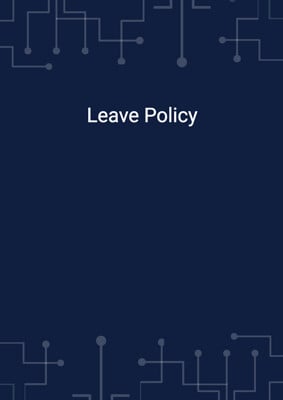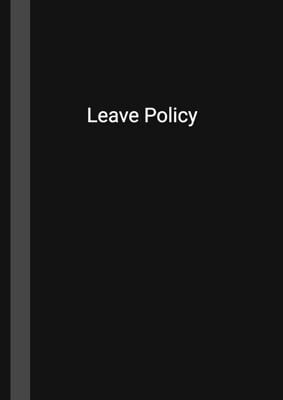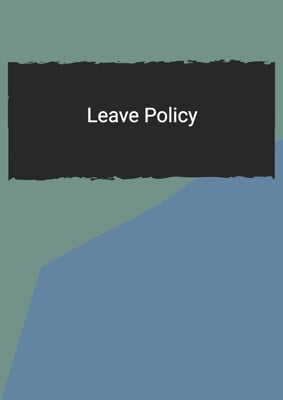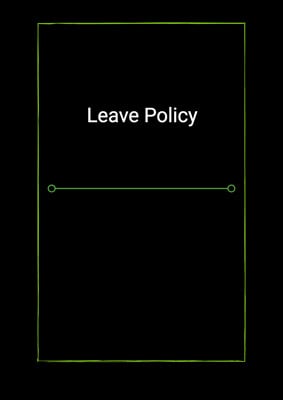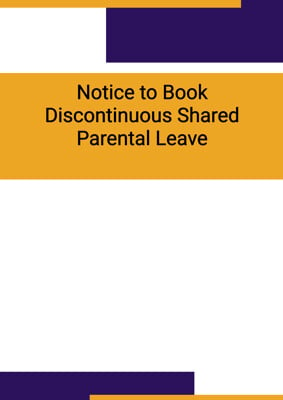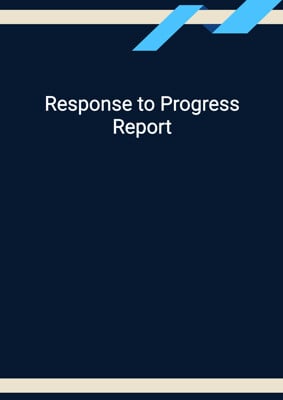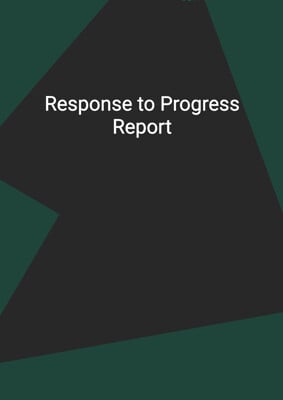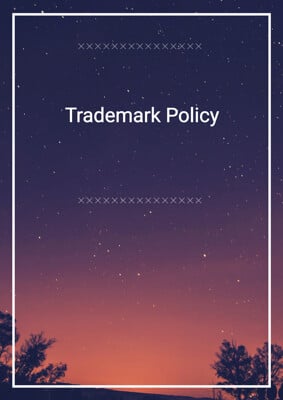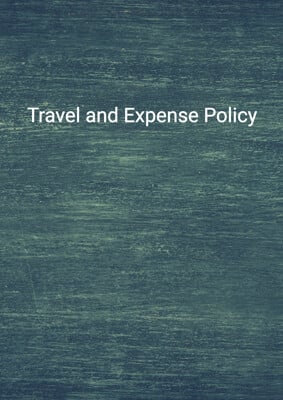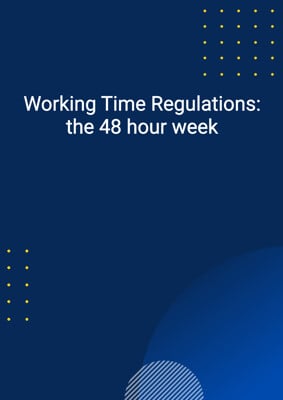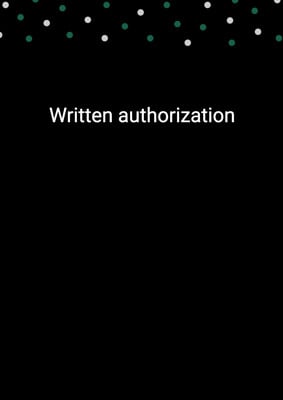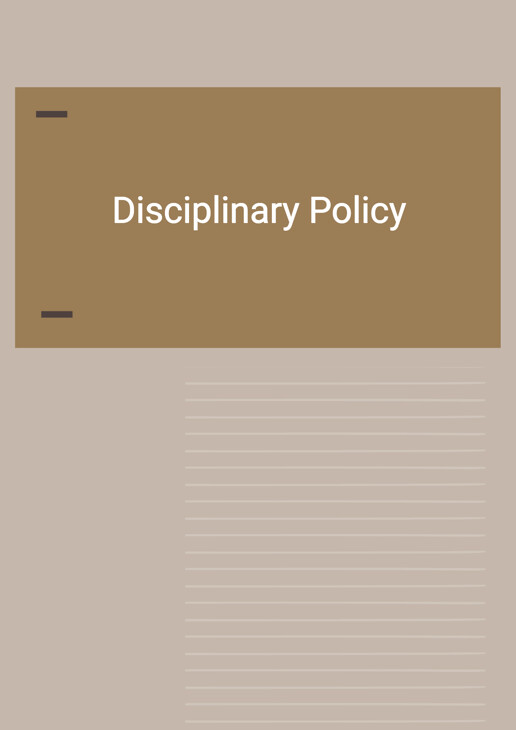
Disciplinary Policy
Employer/Employee
Looking for a comprehensive Disciplinary Policy template for managing employee misconduct and performance issues? Our guide sets out the procedure for conducting disciplinary proceedings against an employee, ensuring your workplace operates efficiently and fairly.
How to Tailor the Document for Your Need?
01
Create Document
Click "Create Document" button and the document will be prepared with your account details automatically filled in.
02
Fill Information
Please fill in any additional information by following the step-by-step guide on the left hand side of the preview document and click the "Next" button.
03
Get Document
When you are done, click the "Get Document" button and you can download the document in Word or PDF format.
04
Review Document
Please review the document carefully and make any final modifications to ensure that the details are correct before publication / distribution.
Document Preview
Document Description
The Disciplinary Policy document is of great importance to the Account Job Company as it serves as a guideline for employees to achieve acceptable standards of conduct and behavior at work. The policy aims to create a work culture that improves performance and productivity. It provides detailed guidelines on how to address employee misconduct, unacceptable behavior, and performance-related issues.
The document begins with a general purpose section that outlines the objectives of the policy. It aims to provide guidelines to employees on misconduct and unacceptable behavior, set out structured policies and procedures, and ensure fair and consistent handling of disciplinary issues.
The scope of the policy is clearly defined, stating that it applies to all levels of employees, including those under fixed-term, permanent, part-time, intern, and casual contracts. It also clarifies that the policy does not create any new contractual rights or modify the employment-at-will relationship.
The general principles section highlights that immediate supervisors are responsible for addressing non-performance and misconduct. It provides examples of unacceptable behavior, such as aggressive or abusive behavior, failure to observe company policies, and sexual harassment. It emphasizes that disciplinary action can be taken for actions taken both on and off the company premises.
The disciplinary procedure section outlines the steps that will be followed depending on the severity of the offense. It includes a progressive disciplinary approach, starting with a verbal warning, followed by a written warning, a final written warning, and ultimately termination. However, it also states that the company reserves the right to decide the appropriate disciplinary action in each situation.
Each stage of the disciplinary procedure is described in detail, including the responsibilities of supervisors, the actions required by the employee, and the consequences for non-compliance. The document also addresses the right to appeal and provides information on how to initiate an appeal.
The document concludes with information on how to contact the Human Resources representative for further guidance and emphasizes that the company reserves the right to revise and modify the policy as needed.
Overall, the Disciplinary Policy document is a comprehensive and detailed guide that ensures employees understand the expectations, consequences, and procedures related to misconduct and unacceptable behavior at work.
How to use this document?
1. Familiarize yourself with the Disciplinary Policy document to understand its purpose and importance.
2. Identify the scope of the policy and ensure that it applies to your employment contract.
3. Be aware of the general principles outlined in the document, including the types of behavior that may result in disciplinary action.
4. If you are a supervisor, understand your role in addressing non-performance and misconduct issues.
5. Follow the disciplinary procedure outlined in the document, starting with a verbal warning if an employee's conduct or performance does not meet acceptable standards.
6. Clearly communicate the nature of the problem or violation of company policy to the employee during a verbal warning.
7. Document the verbal warning and have the employee sign it for record-keeping purposes.
8. If necessary, progress to a written warning if the employee fails to improve or resolve the issue within the specified time period.
9. Schedule a meeting with the employee to review the lack of progress and allow them to respond before issuing a written warning.
10. Clearly state the required actions and time frame for improvement in the written warning.
11. Keep copies of all warnings in the employee's file for the specified periods.
12. If the employee's conduct or performance does not improve after a written warning, proceed to a final written warning.
13. Involve upper management, including the head of the Human Resource department, in the meeting for a final written warning.
14. Clearly state the consequences of non-compliance and the right to appeal in the final written warning.
15. If necessary, proceed to termination if the employee fails to meet the prescribed standards within the specified time frame.
16. Provide written reasons for dismissal and inform the employee of their right to appeal.
17. Understand the appeal process and grounds for appeal outlined in the document.
18. Submit an appeal in writing to the head of the Human Resource department within 5 working days of receiving a disciplinary warning.
19. Be aware that the company has the sole discretion to update or adjust disciplinary action.
20. Contact your Human Resources representative for further information or guidance on the Disciplinary Policy document.
Not the right document?
Don’t worry, we have thousands of documents for you to choose from:
